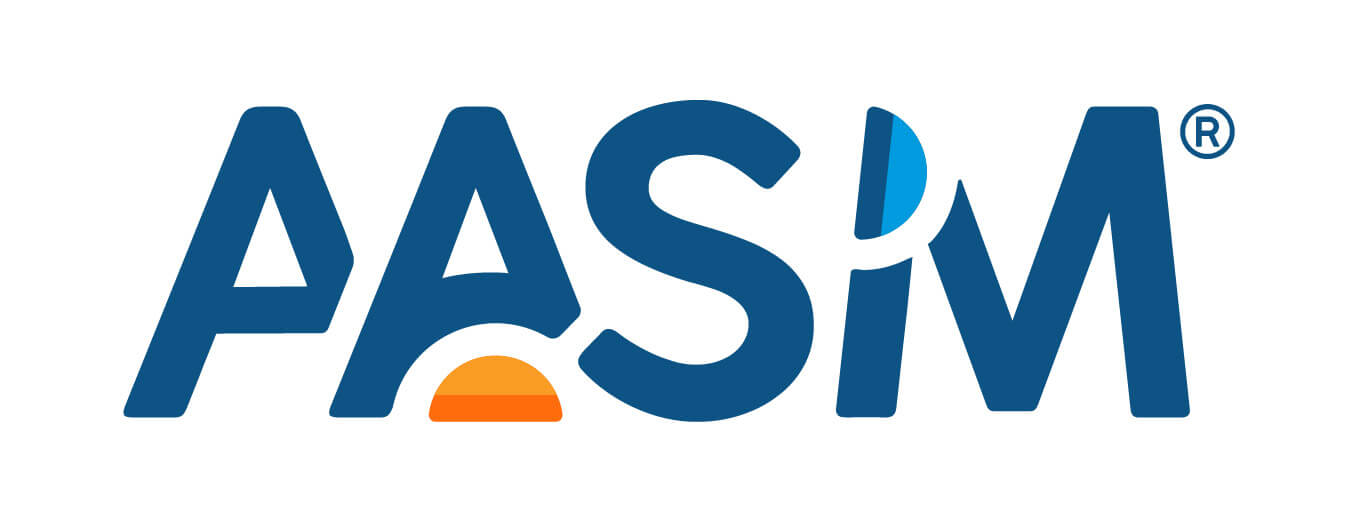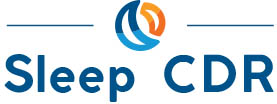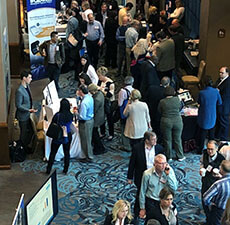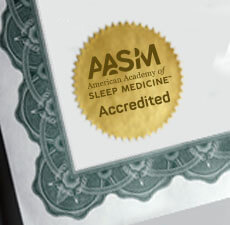Safety Fact Sheet
Applicable Accreditation Standards
Purpose of Safety Plans
Sleep policies and procedures are necessary to ensure the safety of patients and staff. Policies and procedures provide guidelines for establishing and implementing procedures that will reduce work place hazards, protect lives and promote health.
Safety Compliance Requirements
Occupational Safety
The facility is to maintain policies and procedures specific to the sleep facility that describe state and federal regulations for OSHA and hazardous material storage, handling and disposal. This includes the use of personal protective equipment (PPE) as well as access and maintenance of safety data sheets for hazardous material (SDS) if the facility maintains hazardous material.
Safety Risk Analysis
A sleep facility is to maintain a policy that indicates it conducts an assessment of all areas within the sleep environment. The assessment should be conducted annually and updated every 5 years. Once the assessment of the sleep areas is completed the facility should analyze any potential risks identified and implement mechanism to correct issues to prevent future safety problems.
- Examples: broken cement on entrance to the building; slippery shower services; uneven floors; cleaning supplies are maintained separate from food sites, medications are stored properly, etc.
Significant Adverse Event Management
A sleep facility should maintain a Significant Adverse Event Policy that addresses the procedure for investigating, reporting, documenting, and analyzing the significant adverse event. This needs to include conducting a root cause analysis which is to be reviewed by the facility director.
- Root Cause Analysis is a method used to arrive, discover, and understand why problem occurred and develop a solution to prevent future problems from reoccurring.
The policy should at least list include the minimum recommended events identified in standard K-5
Safety Risks Unique to In-Center Sleep Testing
Patients and staff are vulnerable during the sleep testing encounter; therefore, the facility is to develop policies and procedures that would minimize the risk of inappropriate behavior and allegations of assault. Risks can be reduced by the use of chaperones or the use of continuous video monitoring; minimally, in hook up areas and/or patient bedrooms.
Key Things to Keep In Mind
- Facility Safety is met for standard K-1 by submitting evidence of Certificate of Occupancy or Permit within the application. If those are not available evidence of a Fire Marshall Inspection report meets compliance to the standards.
- Facilities may submit individual policies for each standard or combine the elements of K-2-7 in other policies.
- Comprehensive hospital wide policies may be acceptable provided the policies describe the roles and responsibilities of the sleep department (staff).
- If the hospital wide policies do not describe the sleep department’s role and responsibilities, a customized sleep facility addendum describing the procedures may be requested to be submitted.
- At a minimum all nine (9) elements listed in standard K-5 must be included in policy.
- Falls risk assessment on each patient does not meet compliance to Standard K-4. A facility walk through of hazardous risk analysis is required.




